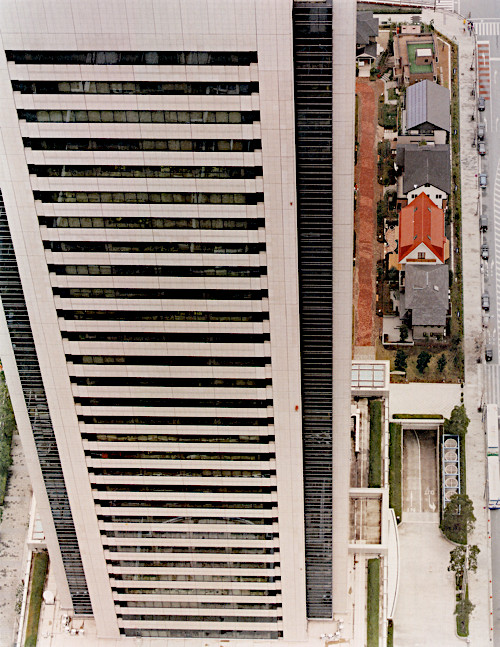HISTART/ARCH - Architecture in Modernity 1826-1968

This course follows the transformation of architecture from an elite practice defined by aristocrats and wealthy patrons prior to the French Revolution, to a profession linked to democratization and industrialization in the present. We focus on the nineteenth and twentieth centuries, when an explosion in urban growth made city-dwellers in the west outnumber their rural brethren for the first time. The city became the predominant setting for new architecture and the main source of problems connected to physical development under industrial modernity.
One important question that we return to in the context of the present: does architecture differ from building? An age-old distinction between the two has defined professional architecture for centuries, but today things are not so clear. The difference between architecture as professional practice, and the built environment as a public concern raises a set of issues that we examine throughout the semester. While some architects are content to embellish the megastructures of contemporary urban conglomerations, others attempt to connect architecture and urban planning, to reconcile the skills of architects and the powers of developers, and to seek a coordinated initiative that might bring architecture, at long last, out of modernism, and into modernity. This course investigates buildings, cities, and people—primary elements in the built environment. Considering the history of architecture, real estate development, and urban politics, we will unpack the contemporary world from the perspective of its physical manifestations in buildings, cities, and constructed landscapes.
Topics:
Field trip: Proximity to Detroit allows us to examine the traumatic modernization of the built environment at first hand. We take one daylong field trip to buildings in and around Detroit. In the past, we have visited the GM Tech Center, Lafayette Park, the Packard Plant, and the Ren Center. Students produce a travel report based on this trip.
HISTART category for concentration distributions: D. Europe and the U.S., 4. Modern and Contemporary
Course Requirements: Full participation in sections, including one group project; midterm and final assignments; field trip report; two short writing assignments; occasional quizzes as necessary
Class Format: Lectures, panel discussions (with class visitors), films, class discussion, debates, walking tours, and section meetings deliver the content in this course.
Intended Audience: Undergraduates at all levels
Textbooks: Reyner Banham, Theory and Design in the First Machine Age; Jean-Louis Cohen, The Future of Architecture since 1889 (Phaidon 2011)